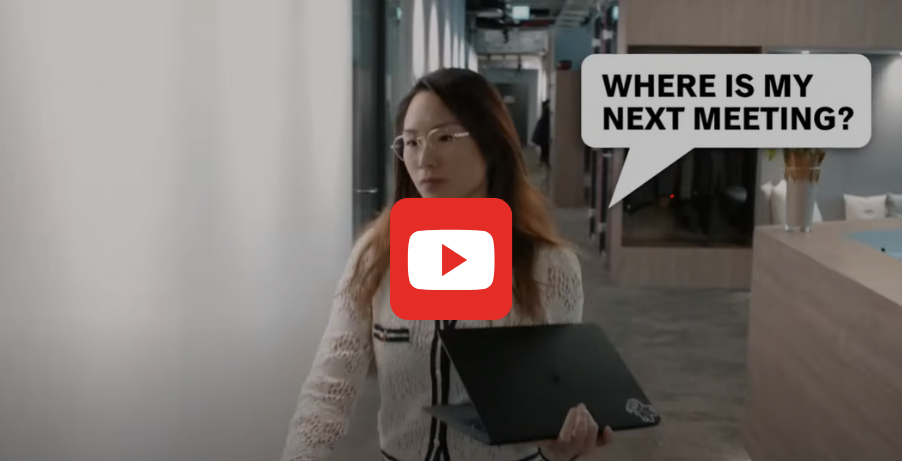How workspace presence sensors support meeting room management and reduce ghost meetings?
17 juli 2025What is a ghost meeting?
A ghost meeting refers to a meeting room that has been reserved without being used. These no-show bookings lead to hidden costs, employee frustration, and reduced workplace efficiency. In today’s workplace management landscape, ghost meetings represent a growing challenge for space optimization.
.
The growing issue of ghost meetings in modern workplaces
According to industry studies, an average of 30% of meeting room bookings go unattended. This issue is especially prevalent in growing organizations, where the demand for collaboration space often exceeds supply.
Ghost meetings are fueled by a variety of everyday office behaviors:
- Canceled meetings that remain on the calendar
- Employees who forget to release a meeting room when it is no longer needed
- Recurring meetings that are no longer taking place physically, especially with the rise of hybrid work. A recurring Teams meeting might still appear in the schedule, while all participants are actually joining remotely, leaving the meeting room booked but empty
For workplace managers, this situation quickly becomes an operational headache.
.
Understanding the disconnect between booking data and actual usage
The issue with underutilized meeting rooms lies in the gap between the booking rate and the actual usage rate. At first glance, calendars appear fully booked and rooms seem constantly in use. In reality, many of them sit empty.
This disconnect creates a frustrating experience: employees report that it is impossible to find available rooms, while companies wrongly assume they are lacking collaborative spaces. In fact, the root of the problem lies in how rooms are managed, not in how many rooms exist.
This gap between perceived demand and real usage leads to wasted real estate resources and a decline in both team productivity and employee satisfaction. Only by comparing booking data with actual occupancy can organizations uncover this inefficiency and take action.
.
The ROOMZ solution: smart occupancy sensors and automatic room release
ROOMZ presence sensors offer a smart, automated solution to ghost meetings by detecting whether a meeting room is actually in use. These passive infrared sensors are discreet and fully anonymized. When no presence is detected after a set period of time, the system automatically releases the room, making it instantly available for others.
The logic is simple and effective:
If no one shows up within the configured timeframe, the booking is canceled and the room is freed up automatically.
This delay can be adjusted based on the meeting room type. For instance:
- Small meeting rooms: auto-release after 15 minutes
- Large rooms for 15–20 people (typically booked for half a day): auto-release after 1 hour
This automation removes the need for manual intervention and ensures optimal usage of meeting rooms across the organization.
.
.
What are the benefits for workplace optimization?
Implementing ROOMZ sensors along with scheduling panels transforms the way meeting rooms are managed, with immediate and tangible results:
- Less time wasted: no more wandering hallways looking for a free room
- Reduced stress and frustration: employees can instantly identify available rooms without delays
- Real-time visibility: up-to-date room availability is displayed on digital signage
- Support for ad-hoc collaboration: rooms become instantly available when no one shows up
- Data-driven decisions: detailed usage analytics help companies better assess actual space needs and plan accordingly
By eliminating ghost meetings, organizations streamline the use of collaboration spaces, optimize real estate investments, and create a smoother, more productive work environment for their teams.
.
You may also be interested in:

